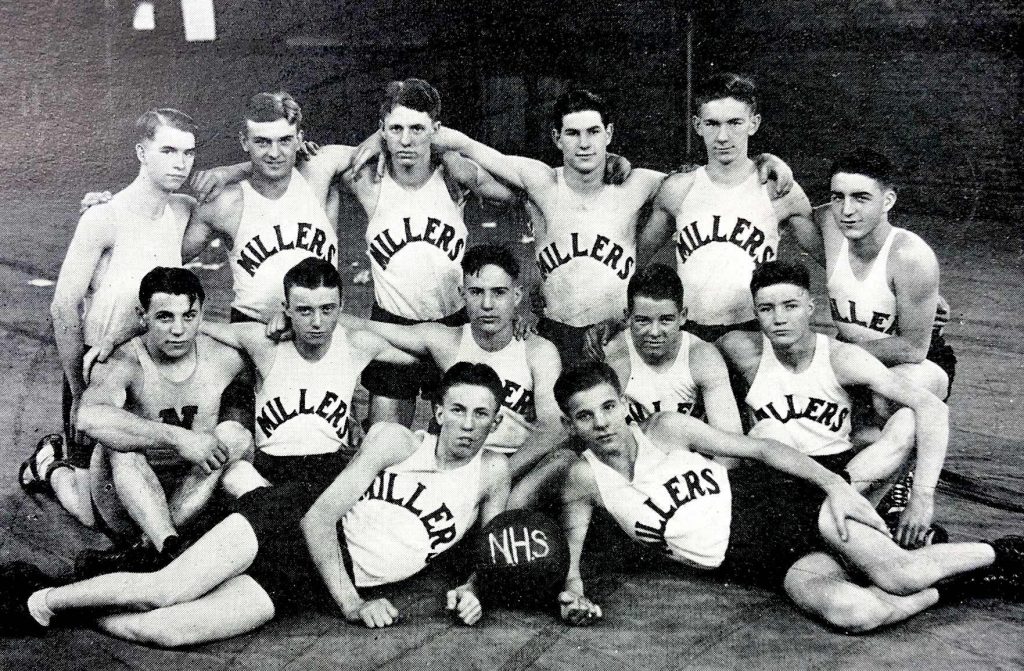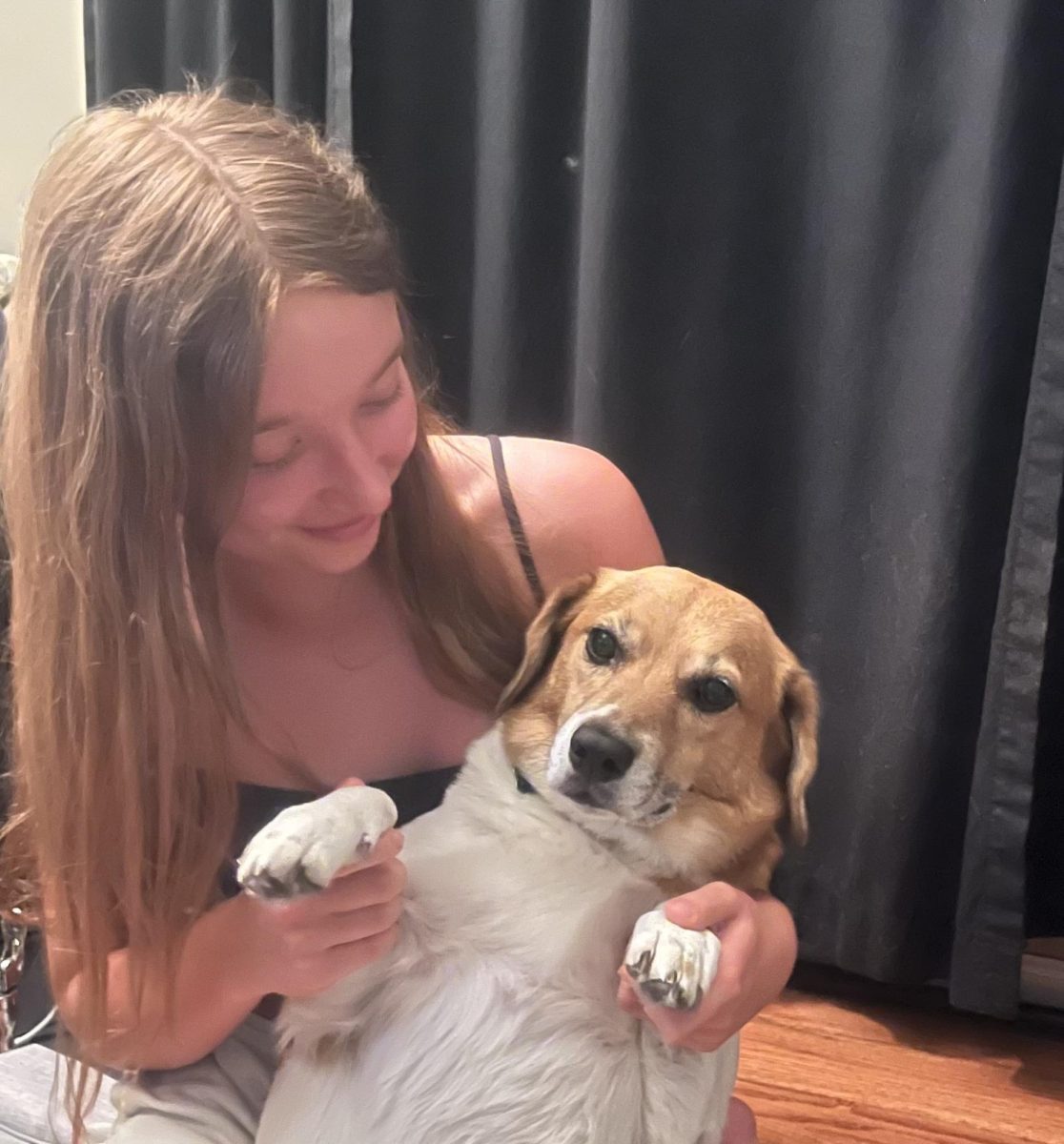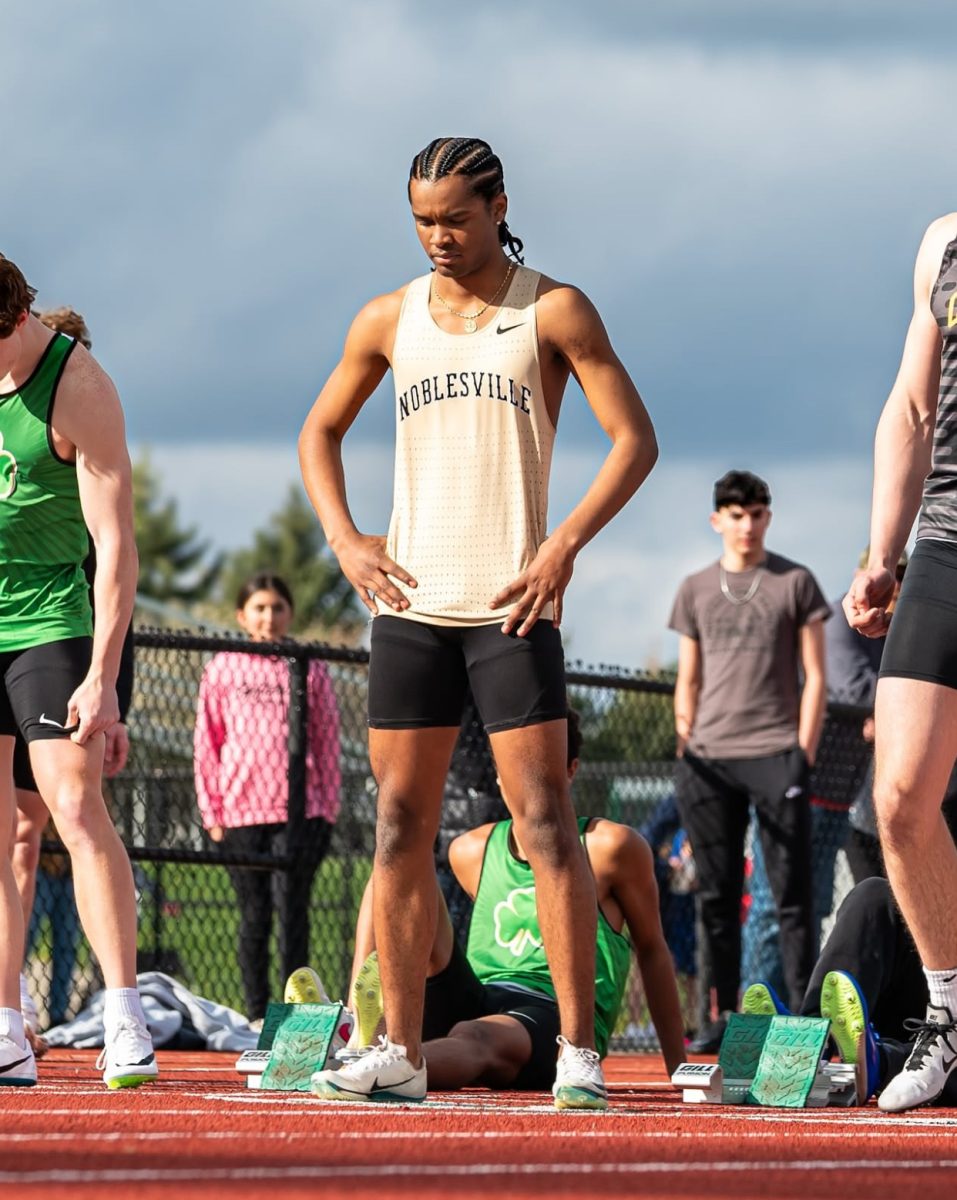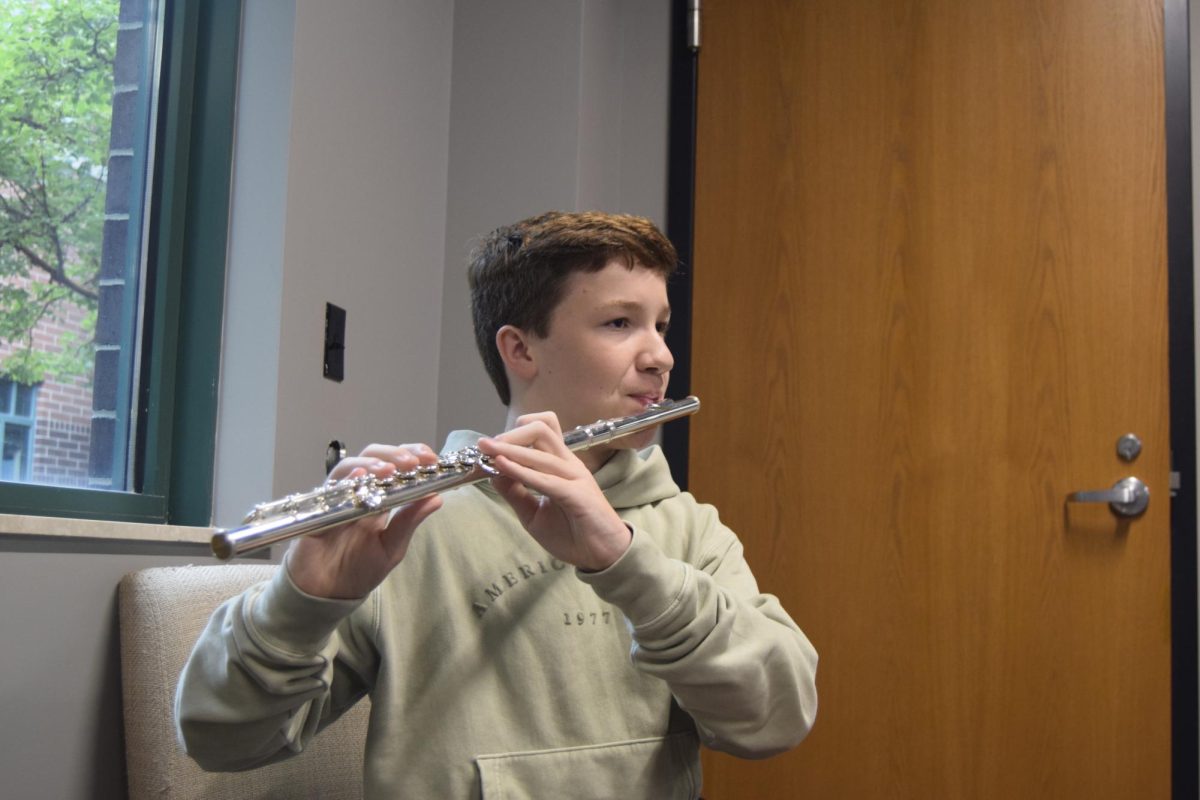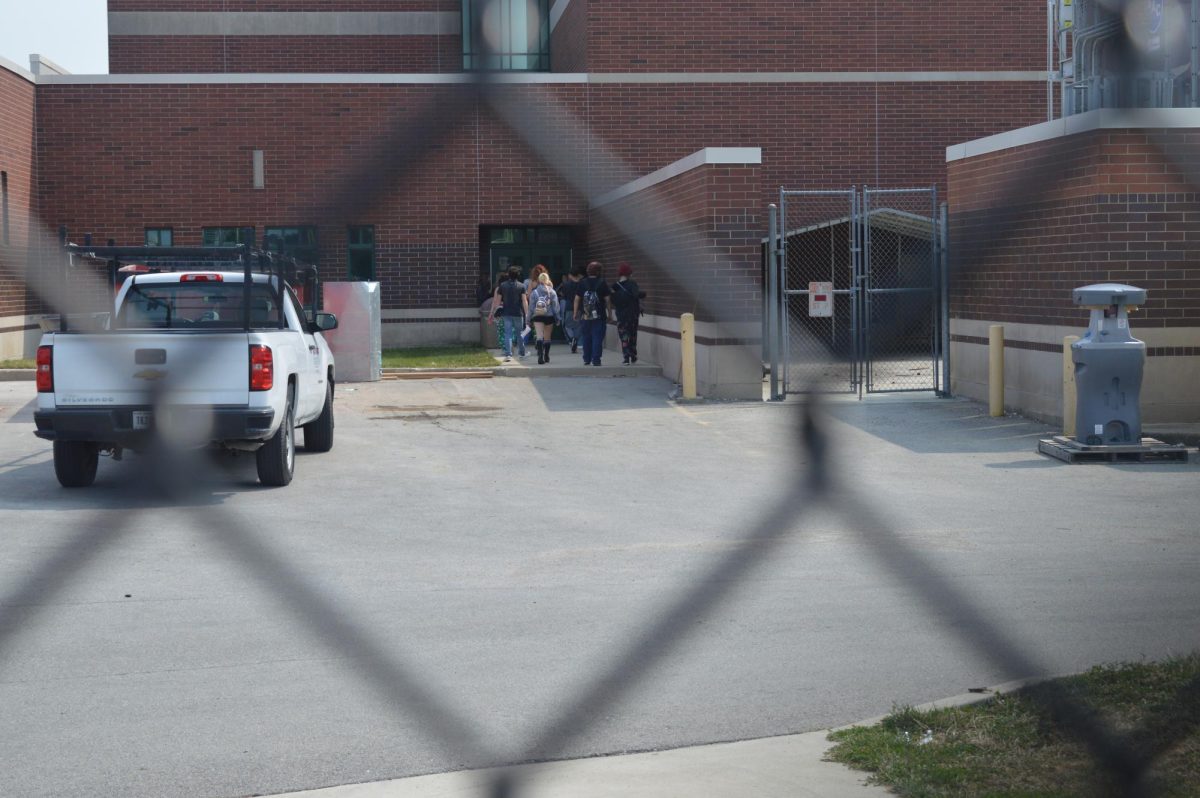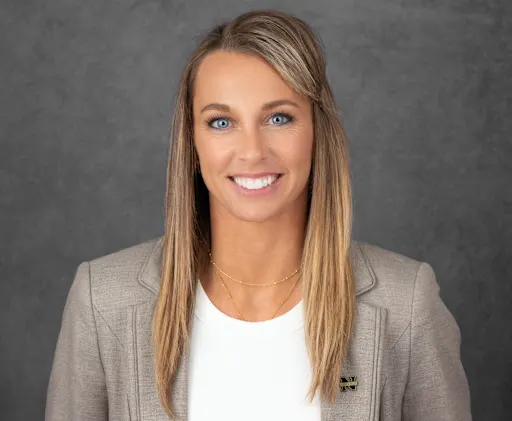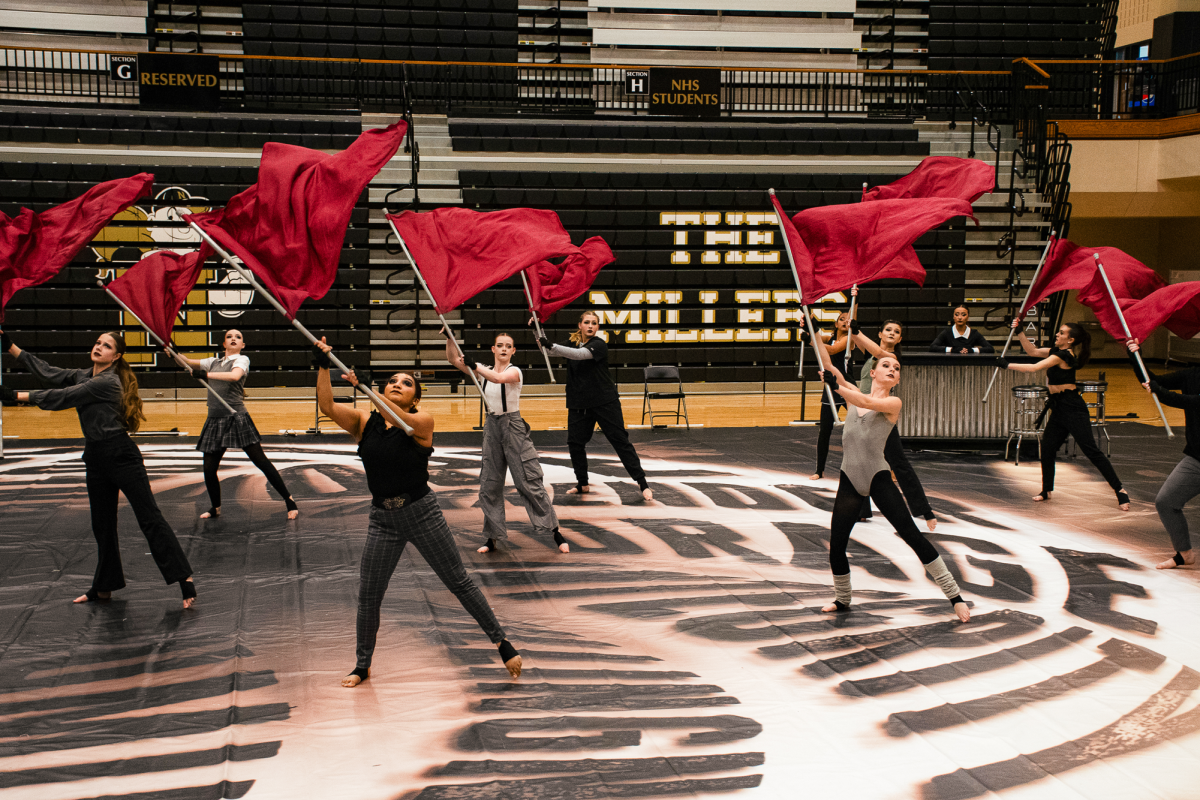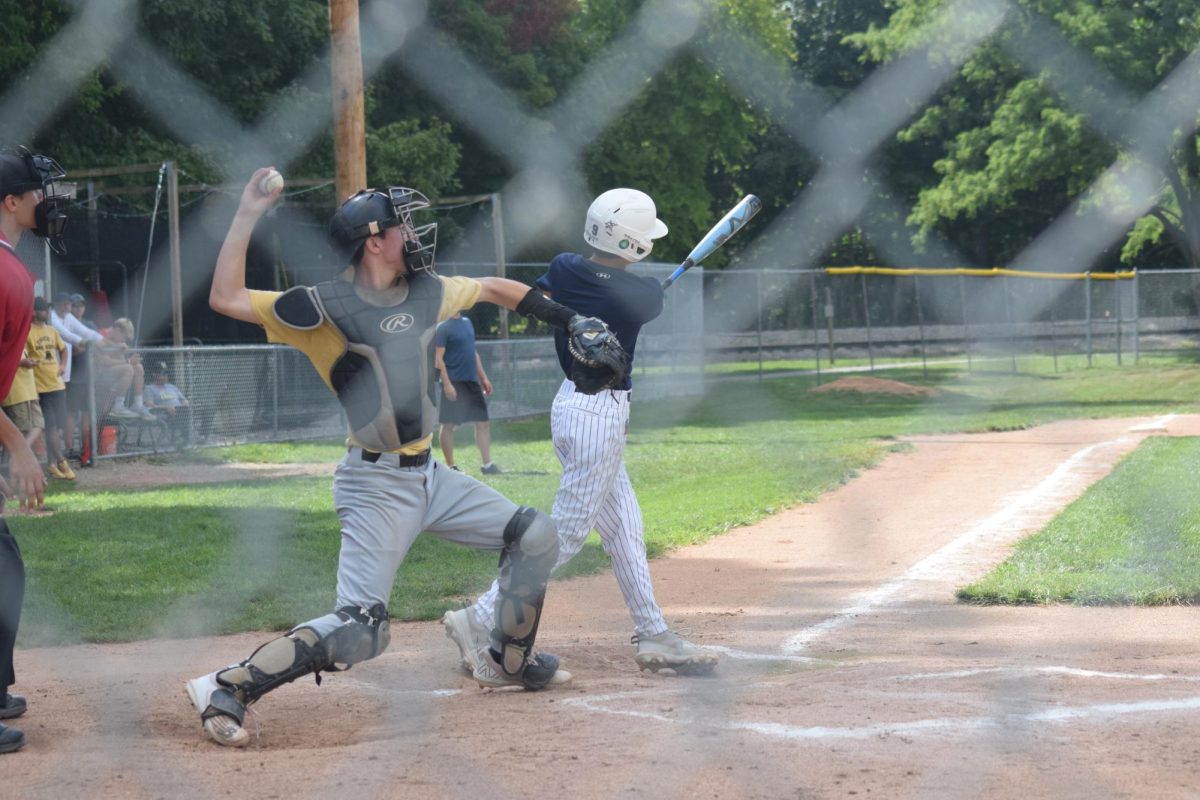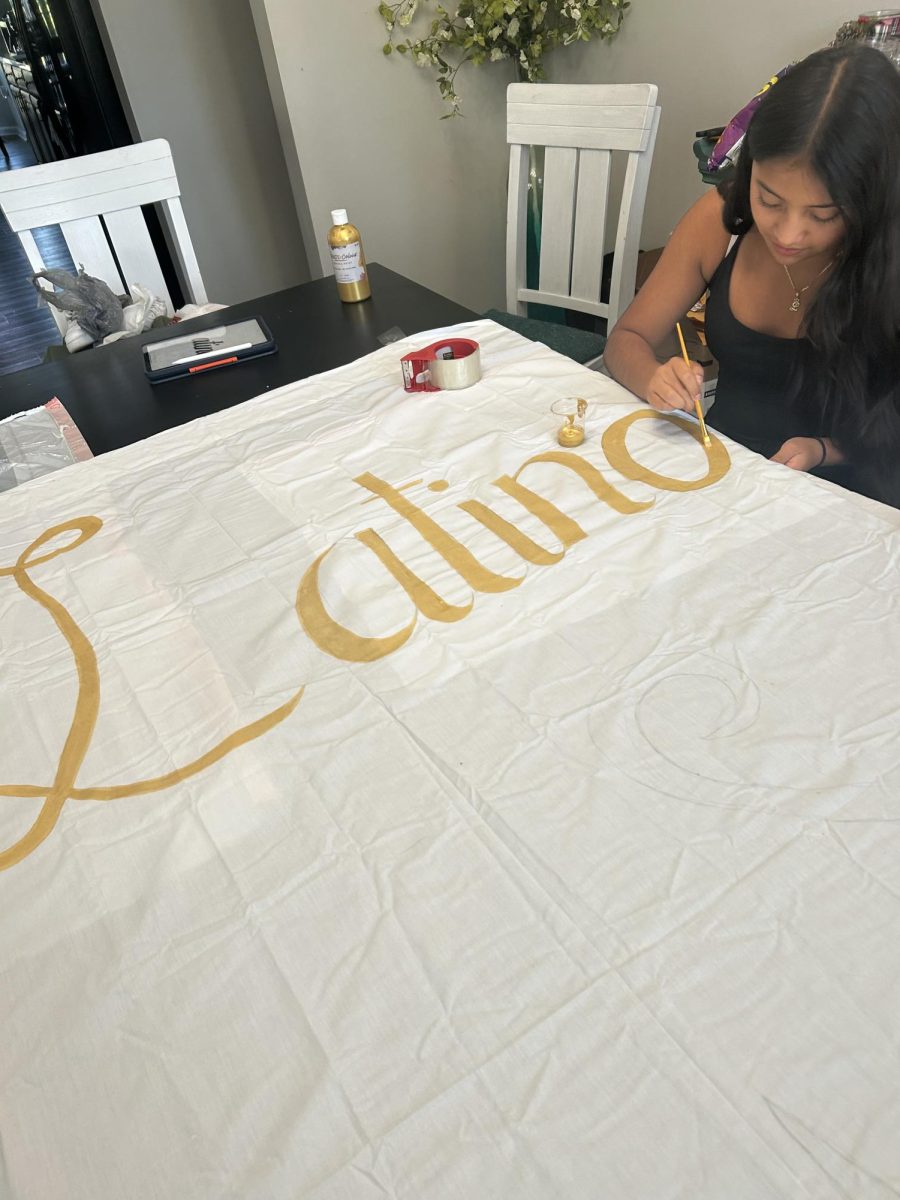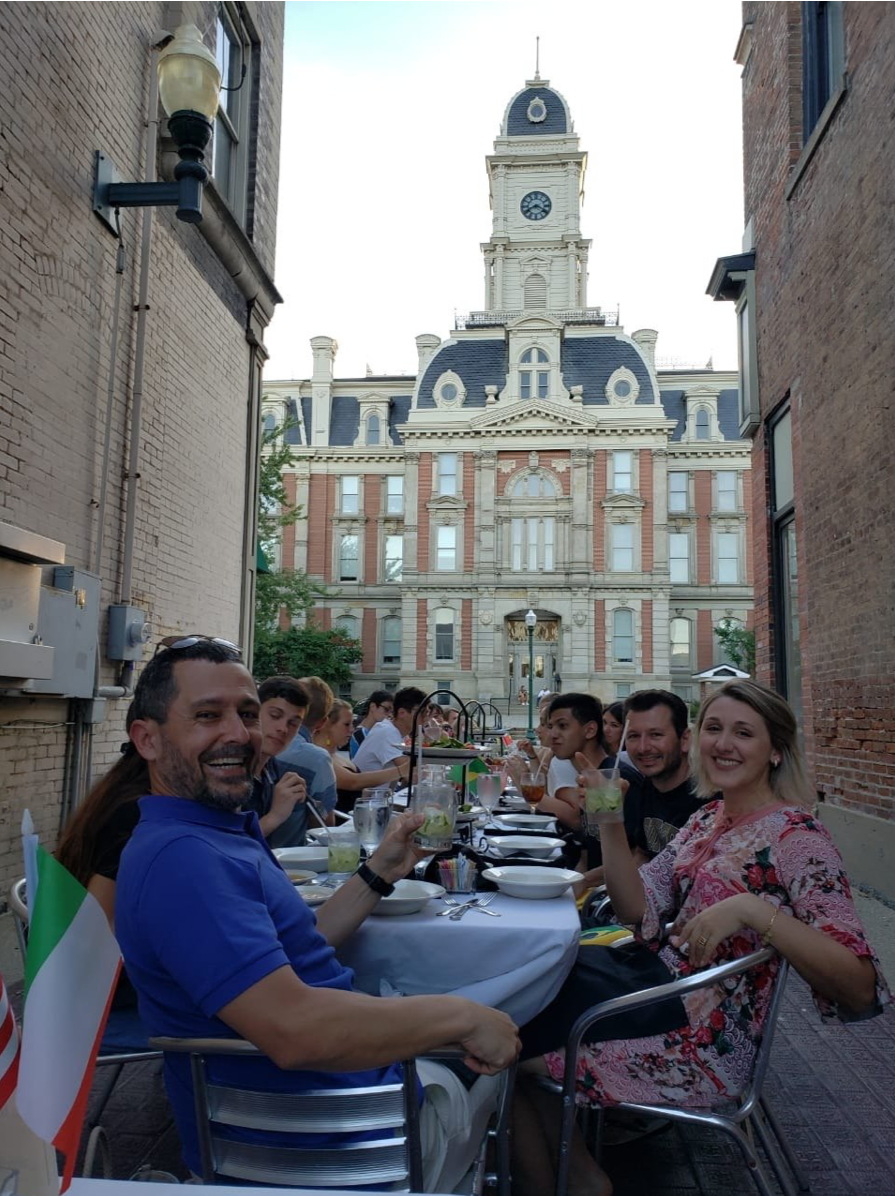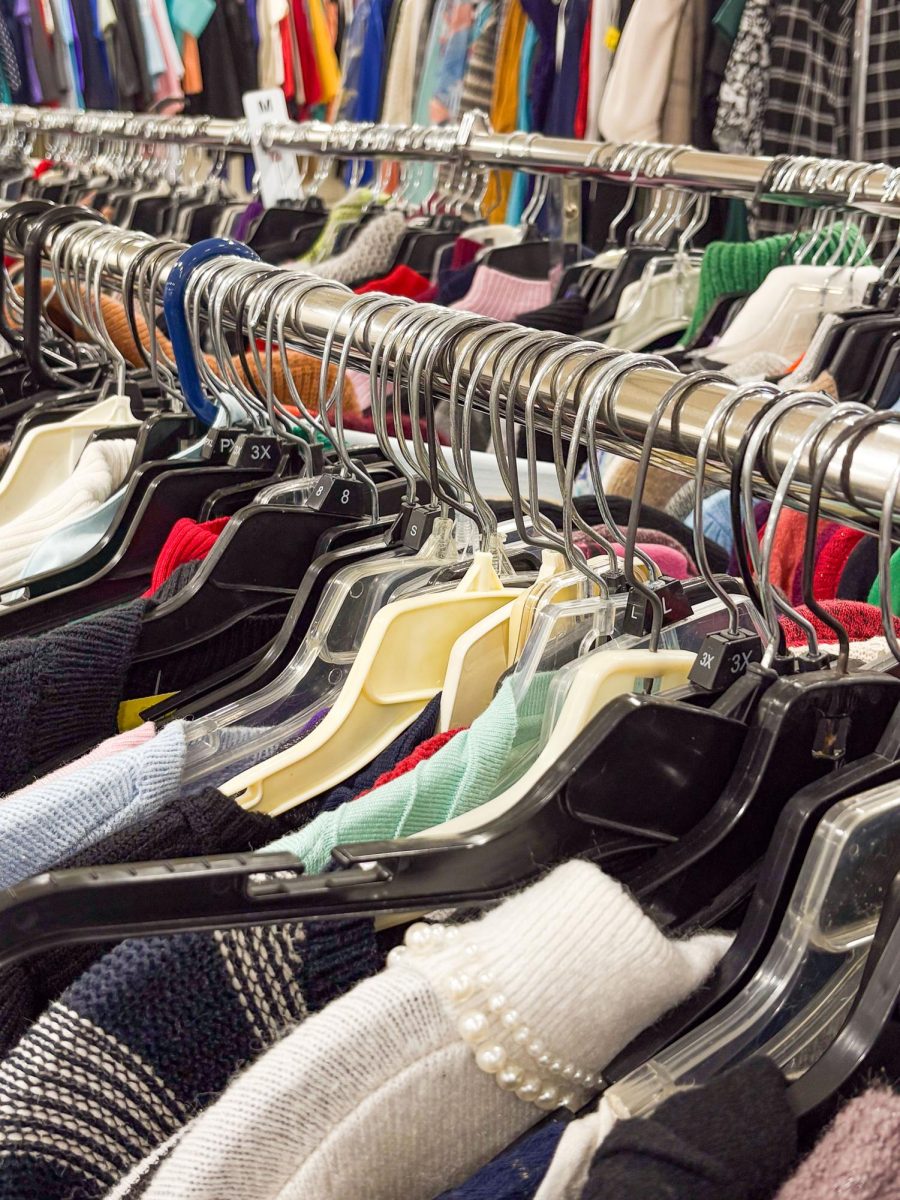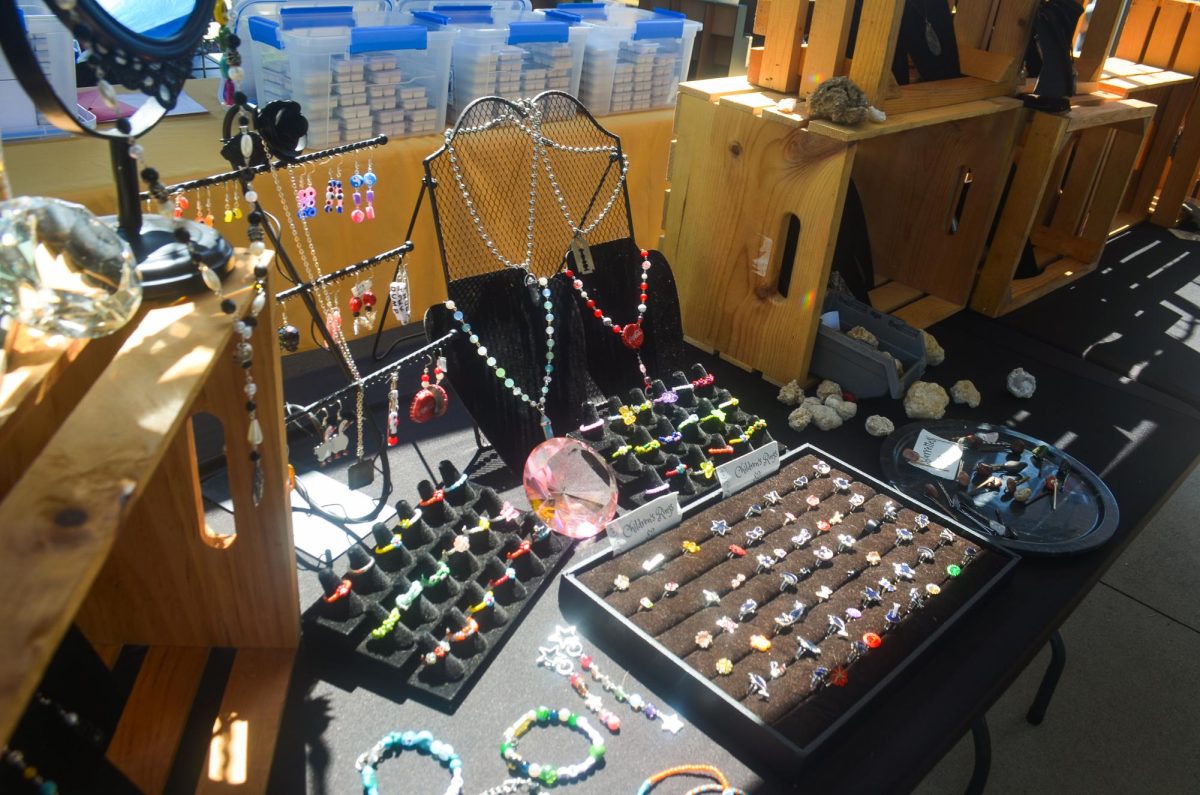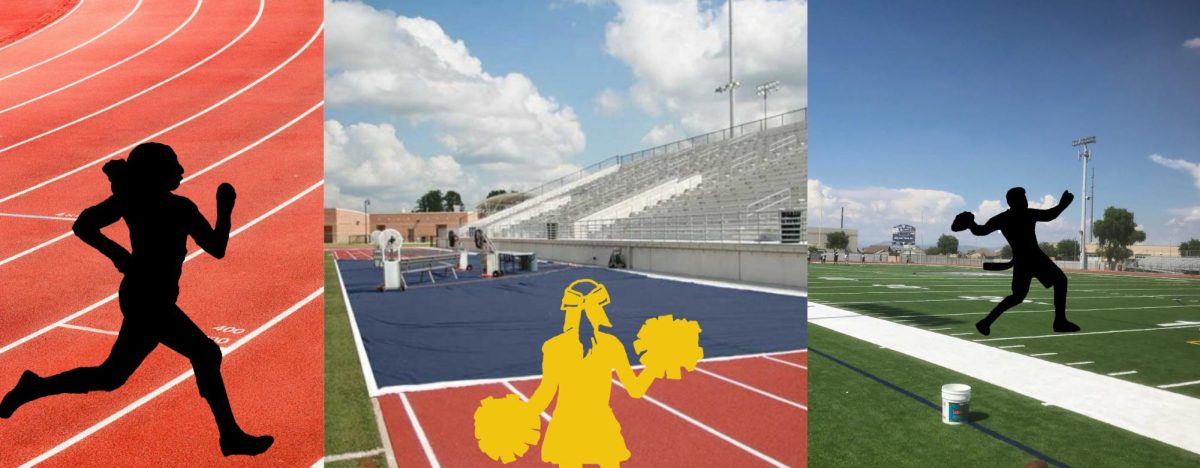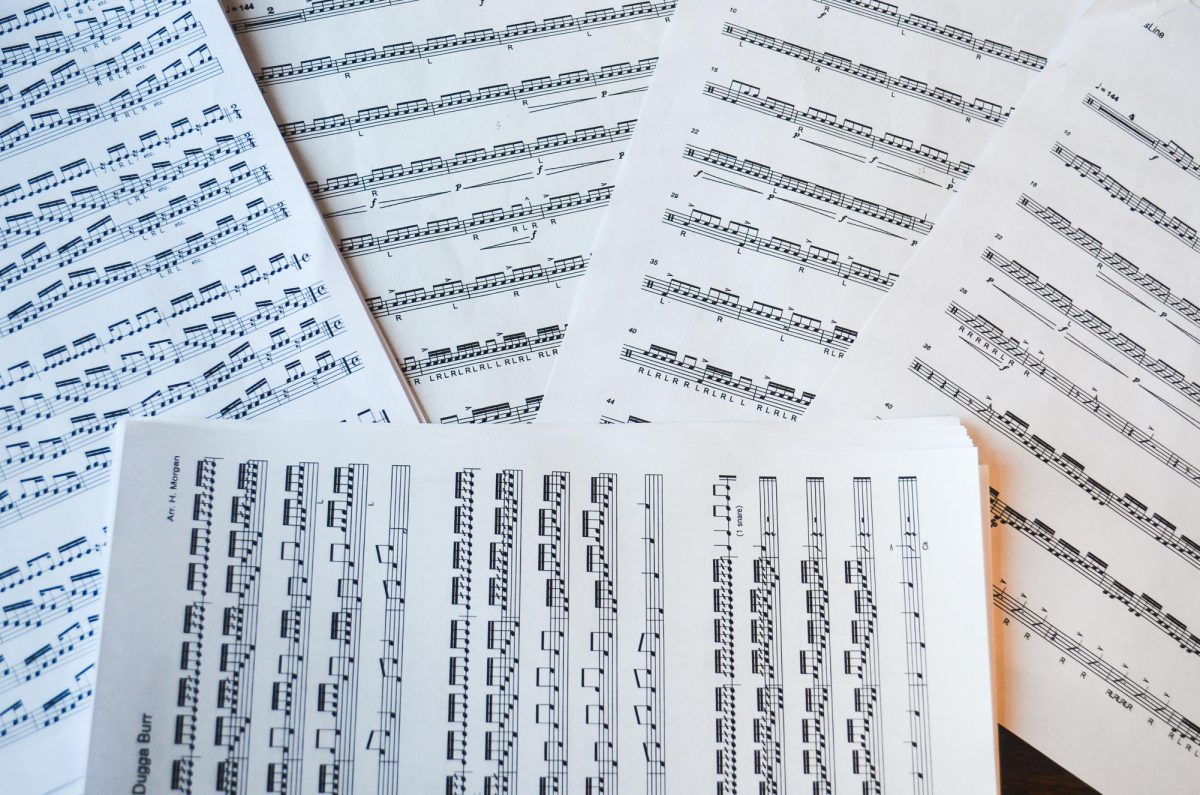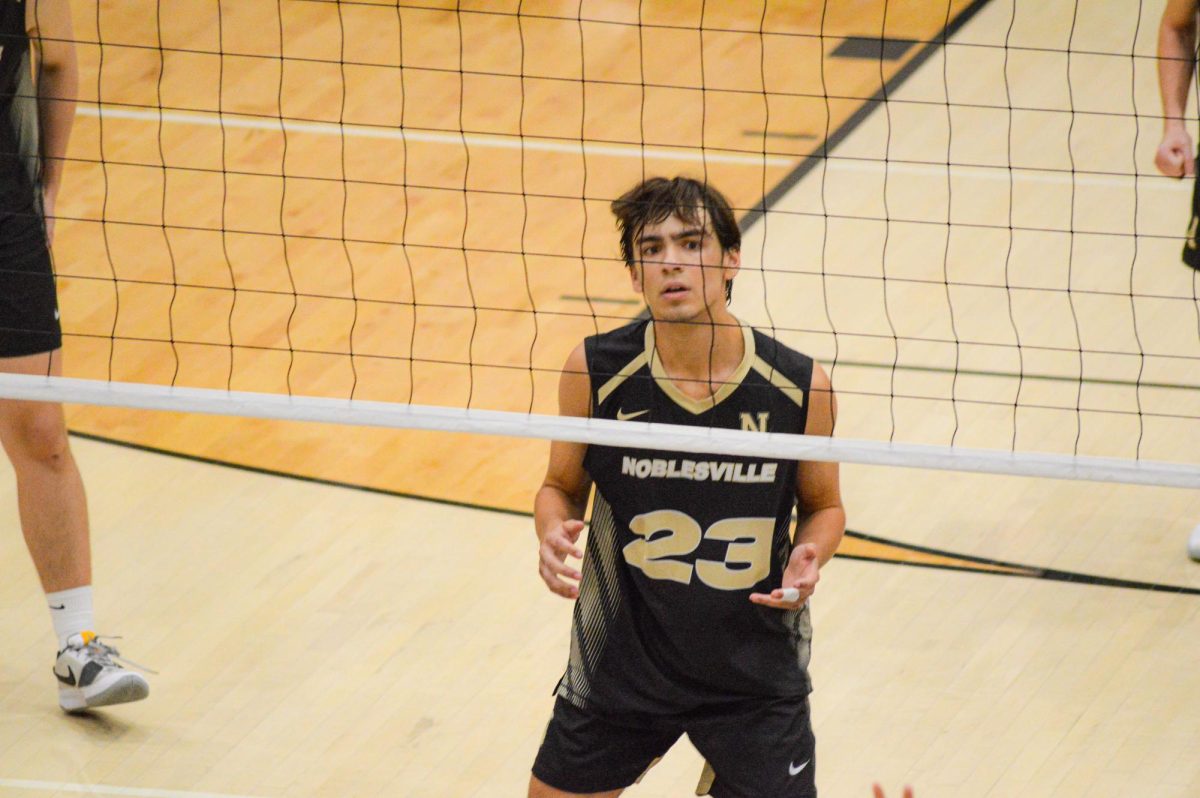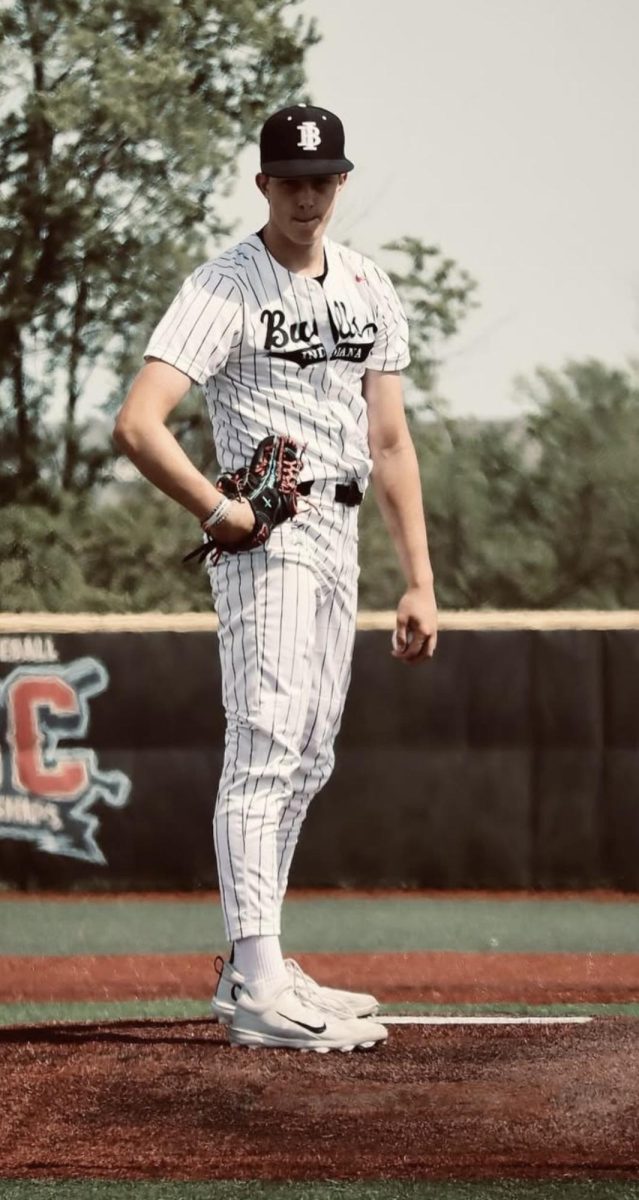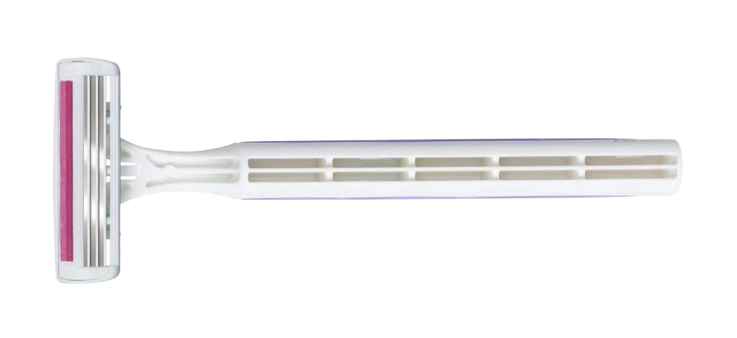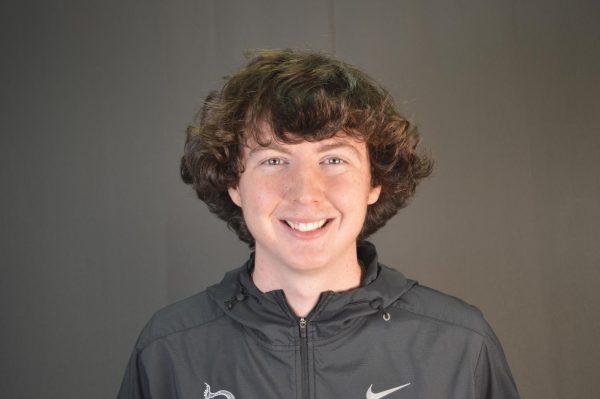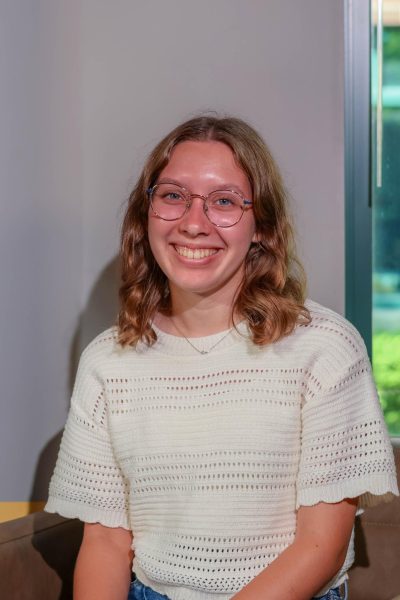The Mill – it’s the fieldhouse that’s home to NHS athletics and a community center. The arena has enough room to seat every Noblesville resident who was alive in 1925. Back then, the population of this city was just under 5,000. Now, nearly a century later, Noblesville has grown to almost 15 times its original size.
Though this city has changed in many ways in the last 100 years, one of the most prominent symbols of the community has not. 2025 will mark the 100th anniversary of Noblesville High School as the home of the Millers. For people not familiar with the city, the NHS mascot may seem a bit odd, but its existence is not by chance. It was at the intersection of school athletics, necessary funds, and local industry that Noblesville was given this symbol to unite around.
Around 30 years after Noblesville’s founding in 1823, milling companies began moving in, hoping to take advantage of the area’s nearby rivers. By 1925, the Noblesville Milling Company was among them, and they were looking for ways to contribute to the community. The company’s manager, C.B. Jenkins, came to the school to make an offer. And the rest is (local) history.
“Mr. Jenkins was a Noblesville school board member in the 1920’s,” Hamilton County Historian David Heighway said. “[Jenkins] supplied the basketball team with uniforms in exchange for naming the team after his company.”
The Mill isn’t the only place to see Noblesville’s population boom. NHS teacher Butch Robbins remembers the student body growing so large that the high school moved into a new building to accommodate the number of students.
“When I started in 1986-87, there were 1,050 [students], and now we’re at 3,200, so it has changed a lot. [Moving buildings] was a good thing, because you know how the halls get crowded here, and it was really bad over there,” Robbins said.
Robbins is not alone in remembering a very different school atmosphere in days past. English teacher and 1989 NHS graduate Bill Kenley remembers the connection he had with the people around him.
“My class was about 350, and I would say I honestly knew about 90% of my classmates in a real way,” Kenley said. “I just can’t imagine my students now know 30% of their class.”



